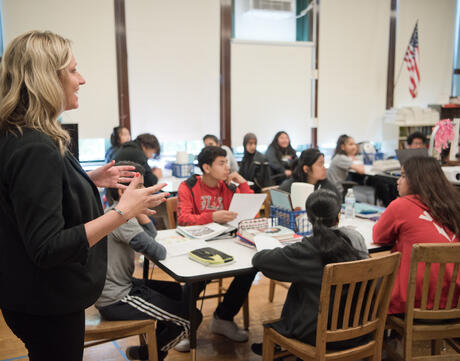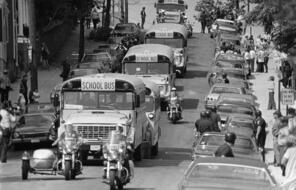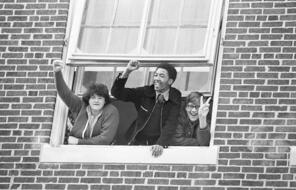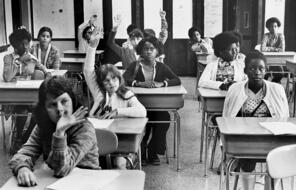
Staging the Compelling Question
At a Glance
Language
English — USSubject
- Civics & Citizenship
- Social Studies
Grade
8Duration
Two 50-min class periods- Democracy & Civic Engagement
- Human & Civil Rights
- Racism
Overview
About This Activity
Students explore the ideas behind the compelling question for this inquiry: What can we learn from Boston’s past about what it takes to make progress toward educational justice today?
To generate curiosity about the inquiry and begin thinking about the meaning of educational justice, students complete an anticipation guide by indicating their level of agreement with a series of statements. Then they share their thinking using the Four Corners discussion strategy.
Preparing to Teach
A Note to Teachers
Before teaching this lesson, please review the following information to help guide your preparation process.
Lesson Plans
Day 1
Day 2
Materials and Downloads
Quick Downloads
Download the Files
Download allGet Files Via Google
Staging the Compelling Question
Unlimited Access to Learning. More Added Every Month.
Facing History & Ourselves is designed for educators who want to help students explore identity, think critically, grow emotionally, act ethically, and participate in civic life. It’s hard work, so we’ve developed some go-to professional learning opportunities to help you along the way.
Exploring ELA Text Selection with Julia Torres
On-Demand

Working for Justice, Equity and Civic Agency in Our Schools: A Conversation with Clint Smith
On-Demand

Centering Student Voices to Build Community and Agency
On-Demand














